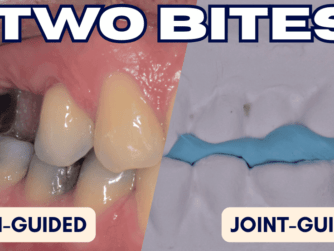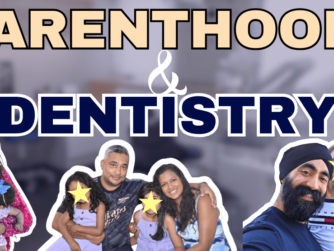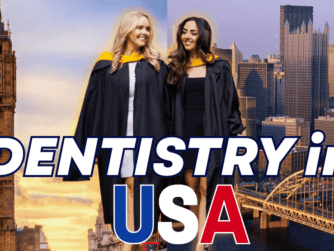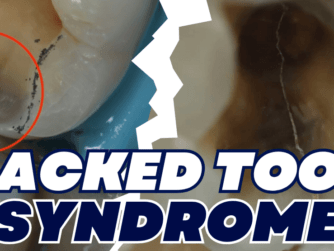Podcast: Play in new window | Download (Duration: 54:30 — 78.1MB)
Subscribe: RSS
It’s supposedly THE most difficult thing in Dentistry, right? Perfectly shade matching the single central incisor…well how on earth does Dr Imi Nasser NAIL the shade EVERY time?!
It’s all about his super strict, super secret protocol we gladly share with you during this full-protocol podcast. He takes us through his shade assessment protocol step-by-step, covering everything from shade guides and photography to communication and common troubleshooting scenarios.
Need to Read it? Check out the Full Episode Transcript below!
For more dental gems, follow Dr. Nasser on Instagram @driminasser. And if you’re ready to take your skills to the next level, don’t miss his courses at www.15-c.com and www.aestheticprosthetic.com.
Here’s how Dr. Nasser sets up his shade guide in order of value: B1, A1, B2, D2, A2, C1, C2, D4, A3, D3, B3, A3.5, B4, C3, A4, C4 (see visual: shade-guide-by-value-ad-update.pdf)
And as promised, I’ve got you covered with a document summarising Dr. Nasser’s shade-taking protocol – [Premium Users] – PDF Protocol Summary
If you can, please consider making a donation towards Nafisa’s lifesaving treatment that she so desperately needs! Every share counts – Fundraiser by Mufaddal Adamji : 1 year old Nafisa with SMA type 1 (gofundme.com)







